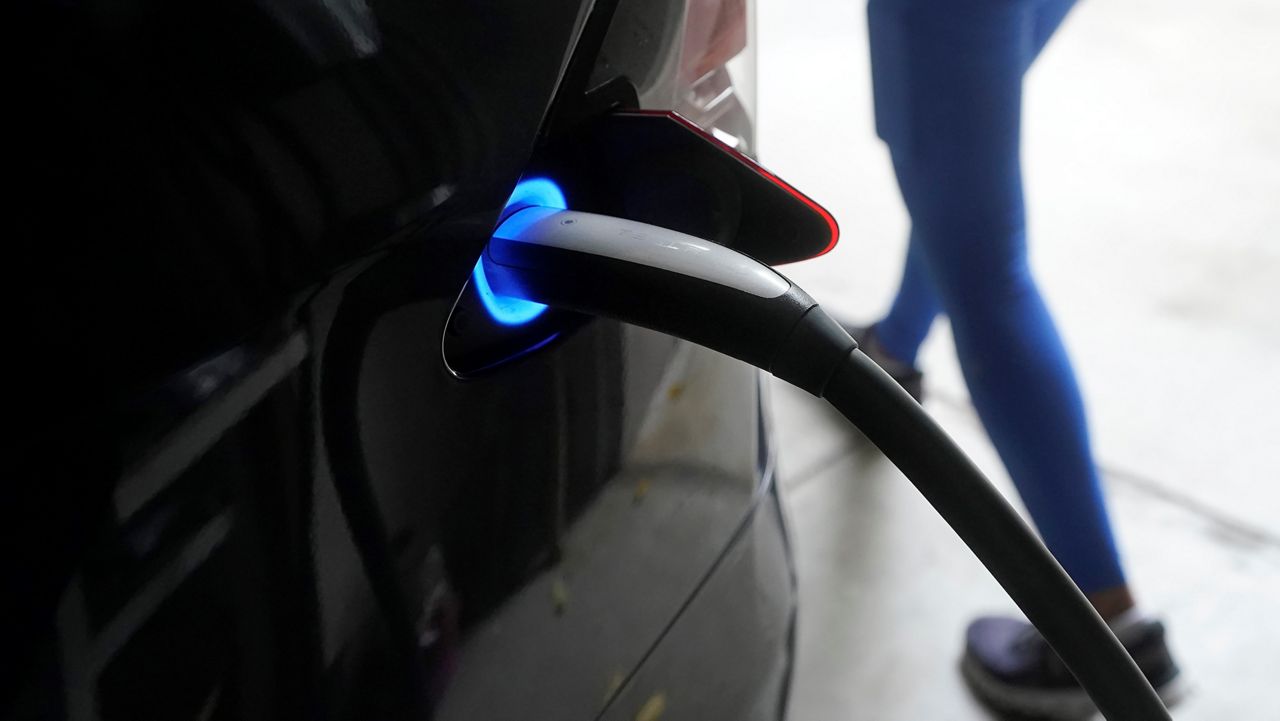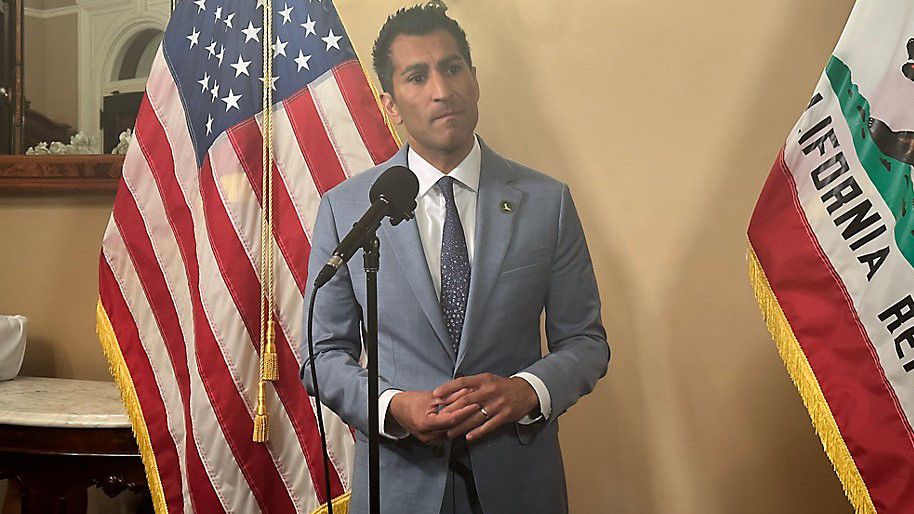Think of it like a consumer electronics show for people with disabilities.
“This conference is the largest, longest running conference of its kind,” said Julia Santiago, assistant director for the Center on Disabilities at CSUN.
What You Need To Know
- The annual CSUN Assistive Technology Conference is the largest and longest running of its kind in the world
- The conference highlights new tech available to remove barriers for those with disabilities or the elderly
- This is the first year it's returned to being an in-person event since the pandemic
- The conference is put on by CSUN's Center on Disabilities
“People come to this conference and return year over year over year, and it’s nice to have our conference friends together,” she said.
Visitors to the five-day conference could get their hands on the latest technology and network with others in similar situations. Much of the tech focuses on those who are hearing or visually impaired.
Mark Hanohano came to the CSUN conference from Long Beach.
“I can see colors and maybe shapes, but not able to identify anything,” he said.
Hanohano noticed the audio prompts that help the visually impaired interact with various devices seem to be improving.
“Some of the things that have developed too is like, it not sounding so robotic,” he said. “Now, it sounds a little bit more human.”
Kelvin Crosby started the company Smart Guider, which sells the “See Me Cane” that vibrates when first lit up. Crosby says it’s estimated one out of three visually impaired people will be hit by a car in their lifetime. Personally, he has already been hit three times.
“They can trust that the car can see their cane, making a decision,” he said. “A lot of times, they slow down, and so because of that, that’s what the ‘See Me Cane’ is doing, helping us be able to live beyond our challenges.”
Although the exhibit hall was mostly filled with smaller companies, there were big names such as Sony as well, something Hanohano was happy to learn.
“[They’re] using mainstream technology to be able to kind of merge with some of the tech that we use, very specifically use, you know, for those that are blind or visually impaired,” he said.
Companies and researchers are coming together to help remove barriers with a little innovation.











